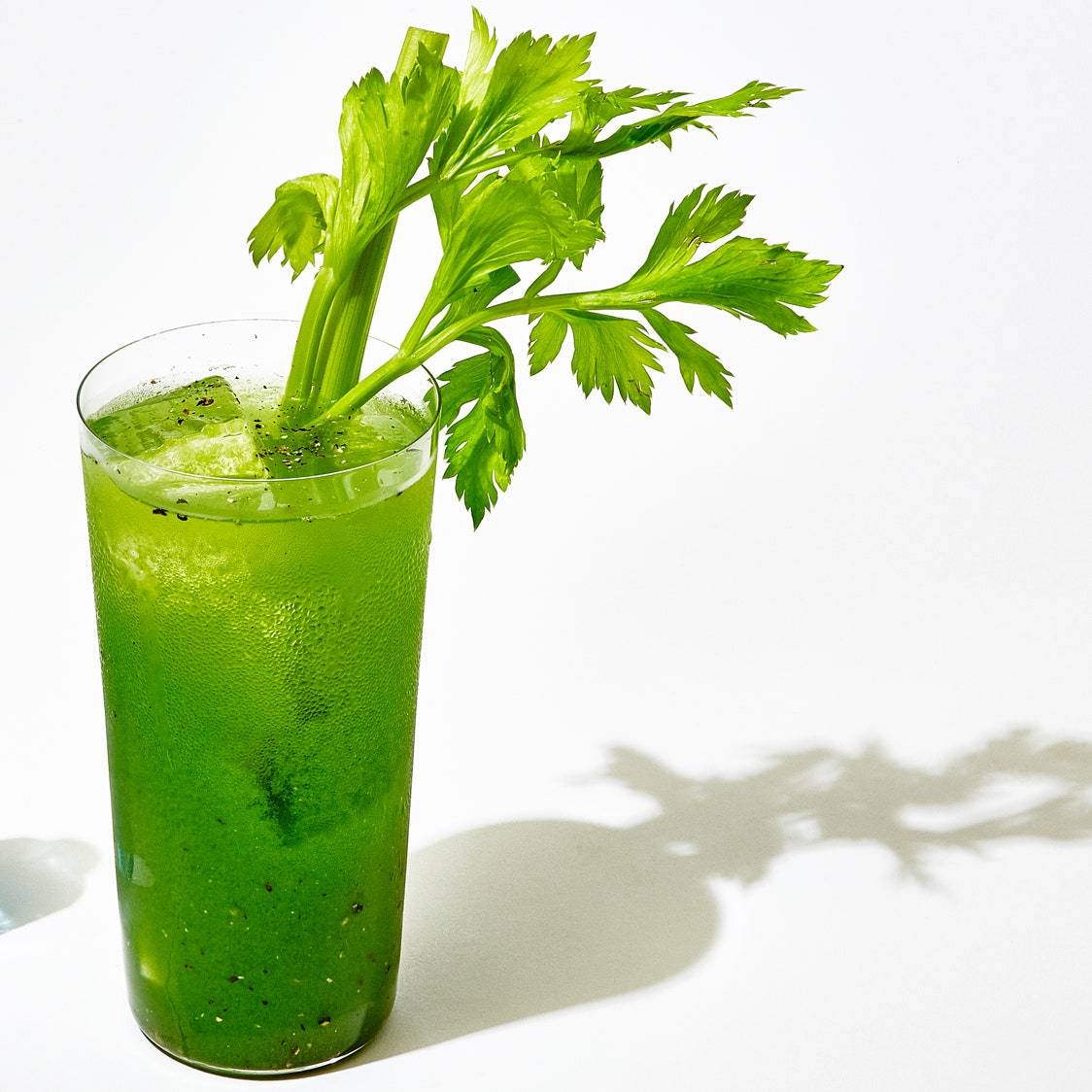Title: "Celery: The Modest Vegetable with Hidden Depths"
Introduction:
Celery, scientifically known as Apium graveolens, is a unassuming vegetable that often occupies the sidelines in the realm of culinary appreciation. Frequently dismissed as a mere vessel for peanut butter or a garnish for soups, celery's unpretentious presence conceals its rich history, remarkable nutritional profile, culinary adaptability, and cultural significance. In this essay, we will embark on a journey to explore the multifaceted world of celery, shedding light on its origins, nutritional worth, culinary applications, and cultural connections.
Historical Origins:
The history of celery stretches back millennia to the Mediterranean region, where wild celery thrived in saline marshes and coastal areas. It was the ancient Greeks and Romans who first cultivated celery, primarily for its medicinal attributes rather than its culinary potential. They held the belief that celery possessed healing properties capable of addressing a range of ailments, from insomnia to anxiety.
Over time, celery found its way to various corners of the world, including Asia, where it assumed a prominent role in traditional Chinese medicine. It wasn't until the Middle Ages in Europe that celery transformed from a medicinal herb into a culinary vegetable. Even then, its early usage was more as a flavor enhancer and garnish rather than a central ingredient.
Nutritional Value:
Celery's unassuming appearance might mislead one into underestimating its nutritional worth, but this unassuming vegetable holds more nutritional promise than meets the eye. Celery is extraordinarily low in calories, making it a preferred choice for those interested in weight management. Nevertheless, its true nutritional prowess lies in its abundance of vitamins, minerals, and antioxidants.
An outstanding attribute of celery is its high water content, which contributes to its refreshing crunch. This hydrating quality, coupled with its innate fiber, supports healthy digestion and regular bowel movements.
Celery emerges as a reliable source of vitamin K, a fundamental nutrient crucial for blood clotting and bone health. Additionally, it provides vitamin C, which bolsters the immune system and fosters skin health, along with potassium, which regulates blood pressure and aids in muscle function.
Moreover, celery boasts antioxidants like flavonoids and polyphenols, guarding cells against oxidative damage and potentially lowering the risk of chronic diseases such as heart disease and cancer.
Culinary Versatility:
Celery's culinary adaptability often slips under the radar. While it frequently plays a supporting role as a crunchy addition to salads or a flavor-enhancing base for soups and stews, celery possesses the potential to be a star ingredient in a diverse array of dishes.
One classic use of celery lies in the creation of mirepoix, an elemental flavor foundation in French cuisine. Combined with onions and carrots, celery forms the aromatic backbone of numerous sauces, stocks, and braised dishes. Its subtle earthiness and faint sweetness contribute layers of depth and complexity to culinary creations.
In recent years, celery has experienced a resurgence in popularity as a versatile component for snacks, appetizers, and even main courses. Stuffed celery sticks filled with peanut butter or cream cheese represent a beloved classic. Additionally, celery's mild flavor renders it an excellent conduit for various dips, ranging from hummus to ranch dressing.
In the realm of main courses, celery shines in recipes like Waldorf salad, where it combines with apples, walnuts, and mayonnaise to produce a refreshing and crunchy salad. Celery also plays an integral role in Cajun and Creole cuisines, particularly in dishes such as gumbo and jambalaya, where it contributes both flavor and texture.
Cultural Significance:
Throughout history, celery has held diverse cultural significance. In ancient Greece and Rome, it symbolized victory and was employed as an emblem of success. In Chinese culture, celery is regarded as a symbol of strength and well-being, finding extensive use in traditional medicine.
In the United States, celery has secured its place in popular culture through the traditional Thanksgiving dish known as "stuffing" or "dressing." Celery assumes a pivotal role in this savory amalgamation of bread, herbs, and spices, frequently used to stuff poultry. Its presence imparts a refreshing and aromatic element to the dish, balancing the richness of other components.
Celery has also been the subject of folklore and superstitions. In certain cultures, it was believed that celery possessed the ability to repel malevolent spirits, leading to its utilization in various rituals and ceremonies.
In conclusion, celery, often overshadowed by more vibrant vegetables, possesses a unique allure and adaptability that warrant acknowledgment. Its historical trajectory from medicinal herb to culinary staple, combined with its impressive nutritional content and versatility in the kitchen, renders it a remarkable vegetable. Whether savored as a crisp snack, a flavor-enhancing base, or a star ingredient, celery has earned a place in the hearts and kitchens of those who appreciate its unassuming yet multifaceted nature.
Send a


